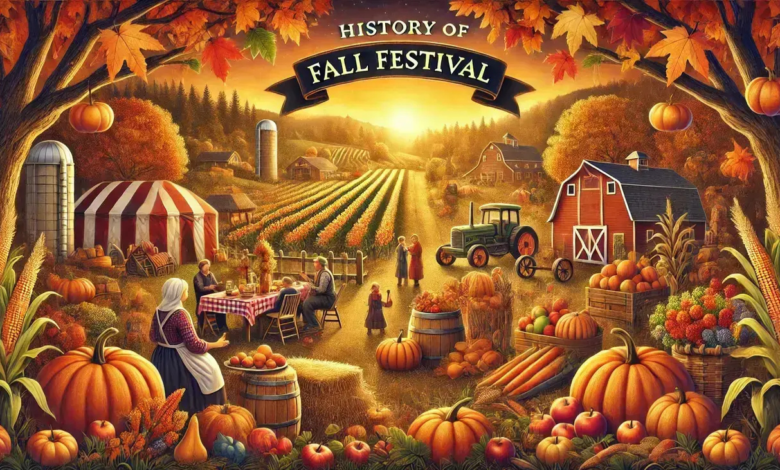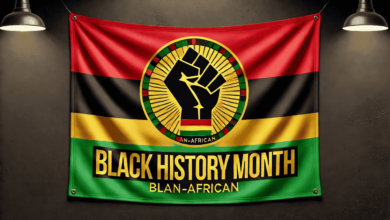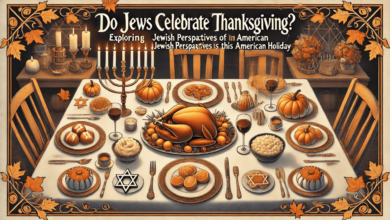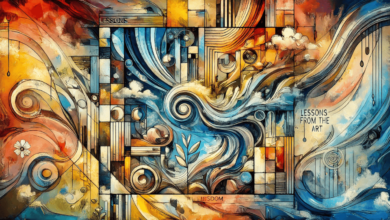History of Fall Festival: A Timeless Tradition Celebrating the Harvest

The crisp autumn air, the golden hues of falling leaves, and the smell of cinnamon-spiced treats all point to one thing: fall festivals. These seasonal celebrations have a rich history that spans across cultures and centuries, bringing together communities to honor nature’s bounty and embrace the changing season. In this blog post, we’ll dive deep into the history of fall festival, exploring its origins, evolution, and the ways in which these festivals continue to bring people together today.
The Roots of Fall Festivals
The history of fall festival can be traced back to ancient agricultural practices. As harvest season approached, communities worldwide gathered to give thanks for the bounty of crops that had been gathered during the year. These harvest festivals served both as a time of gratitude and as a crucial social event, ensuring that there was enough food to last through the winter months.
One of the earliest forms of fall celebrations can be found in the harvest festivals of ancient civilizations. In ancient Egypt, for instance, the festival of Shemu marked the harvest period when crops like wheat and barley were gathered. Similarly, ancient Greeks and Romans celebrated the harvest with festivals dedicated to gods like Demeter and Bacchus, who represented the harvest, fertility, and wine-making.
In many of these early festivals, people offered sacrifices and made prayers to ensure good harvests in the future. These rituals emphasized the cyclical nature of life and the importance of the earth’s seasons in sustaining human life. Over time, as societies evolved, so too did the history of fall festival traditions, incorporating new beliefs, rituals, and practices into the celebrations.
The Influence of Pagan and Christian Traditions
The history of fall festival also intersects with the pagan traditions of early Europe. In many Celtic communities, the end of the harvest season was marked by Samhain, an ancient festival that celebrated the transition from the lighter half of the year to the darker, colder months. This festival, celebrated from October 31st to November 1st, involved lighting bonfires, feasting, and wearing costumes to ward off wandering spirits. It was believed that on this night, the veil between the living and the dead was thinnest.
As Christianity spread throughout Europe, the church adopted many of these pagan customs and reinterpreted them. Samhain eventually evolved into the Christian holiday of All Hallows’ Eve, now known as Halloween. While the focus of the festival shifted from honoring spirits to celebrating saints, many of the traditions – such as costumes and feasting – remained.
In the United States, the history of fall festival continued to evolve, merging these ancient traditions with the unique experiences of early settlers. The Pilgrims’ famous Thanksgiving feast in 1621, for example, was a way to give thanks for a bountiful harvest after a challenging first year in the New World. While Thanksgiving became a distinctly American holiday, the essence of the fall festival remained rooted in the act of celebrating the harvest and the changing of seasons.
Modern-Day Fall Festivals
Today, the history of fall festival has transformed into a celebration of both harvest and community. Across the globe, people still gather in the fall to honor the earth’s bounty, but these celebrations have become much more than simply agricultural events. Modern-day fall festivals have taken on a festive, family-friendly atmosphere, often marked by music, food, and fun activities for all ages.
In the United States, one of the most well-known fall festivals is Oktoberfest, which originated in Munich, Germany, in 1810 as a celebration of the royal wedding between Prince Ludwig and Princess Therese. Over time, it evolved into a global celebration of beer, food, and Bavarian culture, drawing millions of visitors every year. While Oktoberfest is no longer exclusively about harvest, its origins in the history of fall festival are clear.
Halloween, too, has become one of the most anticipated fall festivals around the world. What started as a pagan celebration of the harvest has transformed into a fun and spooky event for children and adults alike. Trick-or-treating, haunted houses, and pumpkin carving are now synonymous with Halloween, which continues to be one of the most commercially successful fall festivals globally.
Meanwhile, communities across the world continue to host local harvest festivals, some of which celebrate the unique agricultural products of the region. From apple festivals in the Northeast to pumpkin festivals in the Midwest, these events showcase the local food culture and bring people together to celebrate the season.
The Importance of Fall Festivals Today
The history of fall festival is not just about looking back to ancient traditions; it’s also about appreciating what fall festivals represent today. In an increasingly digital and disconnected world, fall festivals offer a chance for people to reconnect with nature, their communities, and each other. Whether it’s enjoying the simple pleasure of apple picking, indulging in a caramel apple at a local fair, or participating in a costume contest, fall festivals create an atmosphere of joy, nostalgia, and togetherness.
Moreover, these festivals often emphasize sustainability and environmental consciousness. Many modern fall festivals feature local vendors, promote eco-friendly practices, and highlight the importance of supporting local farmers and artisans. The focus on sustainability reflects a growing awareness of the need to protect the natural world and ensures that the traditions of the history of fall festival continue in a way that honors both the earth and its people.
Conclusion
The history of fall festival is a rich and vibrant tapestry woven from centuries of agricultural traditions, religious practices, and cultural influences. From the ancient harvest rituals of Egypt and Rome to the modern-day celebrations of Halloween and Oktoberfest, fall festivals have played a crucial role in bringing communities together, marking seasonal transitions, and honoring the earth’s bounty.
Today, as people gather for local festivals, share meals with loved ones, and celebrate the beauty of autumn, they continue a tradition that stretches back to the earliest days of human civilization. The history of fall festival is far from over – it is a living tradition that evolves with each passing year, always reminding us of the importance of connection, gratitude, and celebration.



